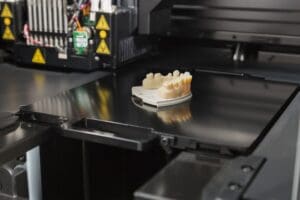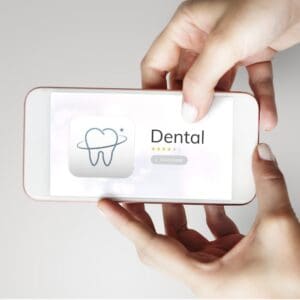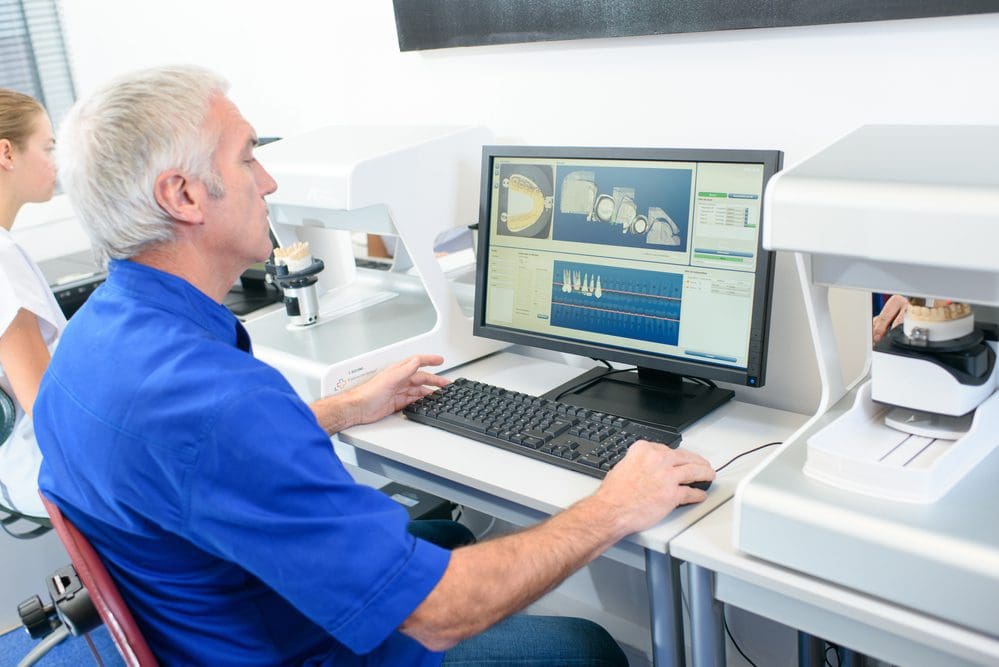Posted on May 26, 2023
As the field of orthodontics advances, new technologies, and techniques are constantly emerging. Are you aware of the latest technological advancements and how they can benefit your profession?
Orthodontics is a constantly evolving field, and staying current with the latest advancements is vital for practitioners. New technologies can help orthodontists provide better care for patients while also making their work more efficient that could lead to higher profits.
We’ll explore in this blog the latest orthodontic technology and how it can benefit your practice. From faster and more efficient treatment options to cutting-edge imaging and diagnostic tools, we’ll give you a comprehensive overview of te innovations that are transforming orthodontics today.
If you want to stay updated in your profession, whether you’re experienced or new, this information is crucial.
As with any field, technology is constantly advancing and changing in the field of orthodontics. It is important to use the newest technology when giving care to patients.
Technology like 3D imaging, digital scanning, and computer-aided design have changed how orthodontists figure out and treat issues related to teeth.
Orthodontists can help their patients by staying informed about the newest technology. This way, they can offer better and faster treatments. Incorporating new technology can also improve the patient experience by reducing discomfort and treatment time. Keeping up with the latest technology in orthodontics is an important factor in providing high-quality patient care.
Technology has the potential to significantly enhance the patient experience and improve health outcomes.
For example, telemedicine allows patients to receive medical consultations and treatment remotely, which can be particularly helpful for patients who live in rural areas or have mobility issues.
Wearable devices such as fitness trackers can encourage patients to stay active and monitor their health.
Electronic health records can improve the accuracy and accessibility of patient information, allowing healthcare providers to make more informed decisions about treatment.
Technology can streamline administrative tasks, reducing wait times and improving overall efficiency. By leveraging technology, healthcare providers can provide better care, improving patient outcomes.
 3D Printing has revolutionized the field of Orthodontics, enabling dentists to print precise and accurate dental models, aligners, and retainers for their patients quickly and efficiently.
3D Printing has revolutionized the field of Orthodontics, enabling dentists to print precise and accurate dental models, aligners, and retainers for their patients quickly and efficiently.
With 3D printing, orthodontics can use the latest technology to produce high-quality, personalized dental constructions, making it an incredibly valuable tool for designing braces or other appliances.
3D-printed orthodontic appliances are more comfortable and accurate than traditional methods, as they offer a perfect fit that is tailored to the patient’s needs. With the use of 3D printing, orthodontics can improve the overall dental experience for their patients and better align teeth.
Intraoral scanners are the latest technology used in dentistry that can create a digital impression of the teeth and gums of a patient.
These devices are small handheld cameras that scan the inside of the mouth and produce highly accurate data that can be used to design and create custom dental restorations, such as crowns, bridgework, or implants.
Intraoral scanners can eliminate the need for traditional putty impressions, which can be uncomfortable and messy for patients.
They can also speed up the process of creating dental restorations, improve accuracy, and reduce the need for retakes or adjustments. Overall, intraoral scanners are revolutionizing the field of dentistry and improving patient outcomes.
Artificial Intelligence has been making an impact in various industries, and orthodontics is no exception. AI technology can aid orthodontists in treatment planning and diagnosis with greater accuracy and efficiency.
Patients’ dental images can be processed using AI algorithms that can detect features that may be missed by human eyes. This can lead to improved treatment results and faster turnaround times.
Artificial Intelligence can help patients know what will happen if they get a certain treatment. This lets them make better decisions about their care.
AI in orthodontics may change the way the field operates and ultimately deliver better patient care.
 Orthodontic software and apps are becoming increasingly important tools for orthodontists to manage their practices and provide better patient care.
Orthodontic software and apps are becoming increasingly important tools for orthodontists to manage their practices and provide better patient care.
These applications offer a wide range of features, including appointment scheduling, treatment planning, patient communication, and financial management.
Orthodontists can use these software and apps to simplify their daily tasks, enhance the precision of their diagnoses and treatment plans, and offer their patients a better overall experience.
These tools are also often cloud-based, making it easy for orthodontists to access their patient data from anywhere, at any time.
Technology has revolutionized the orthodontic industry, leading to better patient outcomes and experiences. With advanced diagnostic tools such as digital X-rays, 3D imaging, and intraoral scanners, orthodontists can create more accurate and personalized treatment plans for their patients.
In addition, technologies like clear aligners and self-ligating braces have improved comfort and convenience for patients. Embracing technology in your orthodontic practice can lead to higher patient satisfaction, increased efficiency, and ultimately, better results.
OrthoSynetics is proud to offer the latest in Orthodontic technology, from intraoral scanners and 3D imaging software to practice management solutions. Our experienced team of experts can help you select the ideal technology solution for your practice, so you can provide the best possible care for your patients.
Contact OrthoSynetics today to learn more about how we can help you leverage technology to improve patient outcomes and grow your practice.
